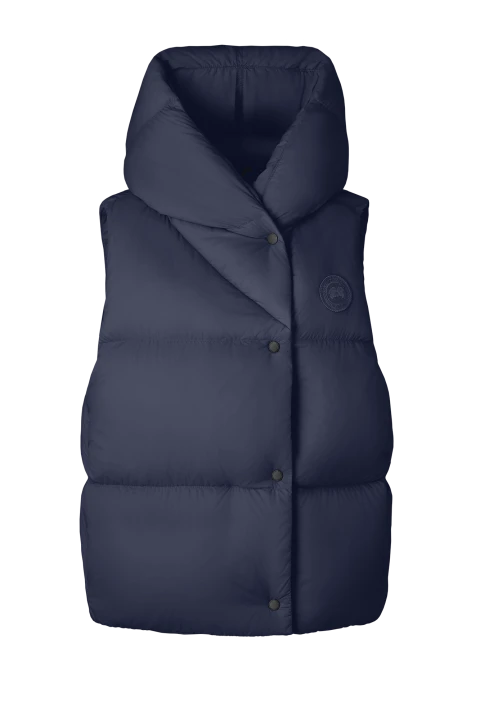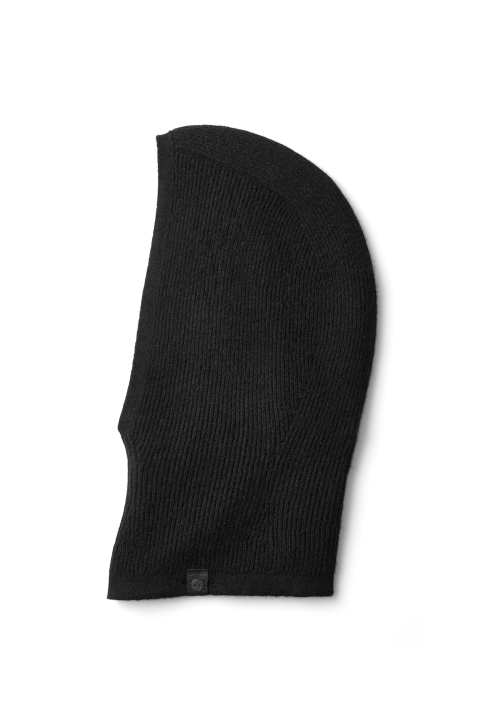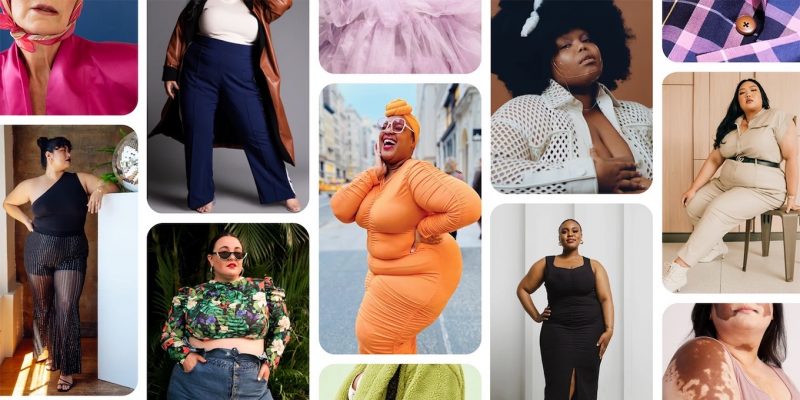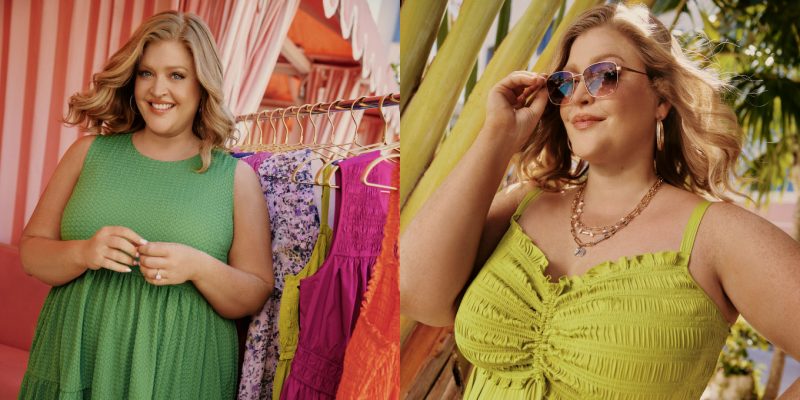Fashion
Canada Goose Will Always Be a Champion for Sustainability
The brand’s newest collection features female empowerment and sustainable materials—as always.
by : ELLE Canada- Sep 19th, 2023
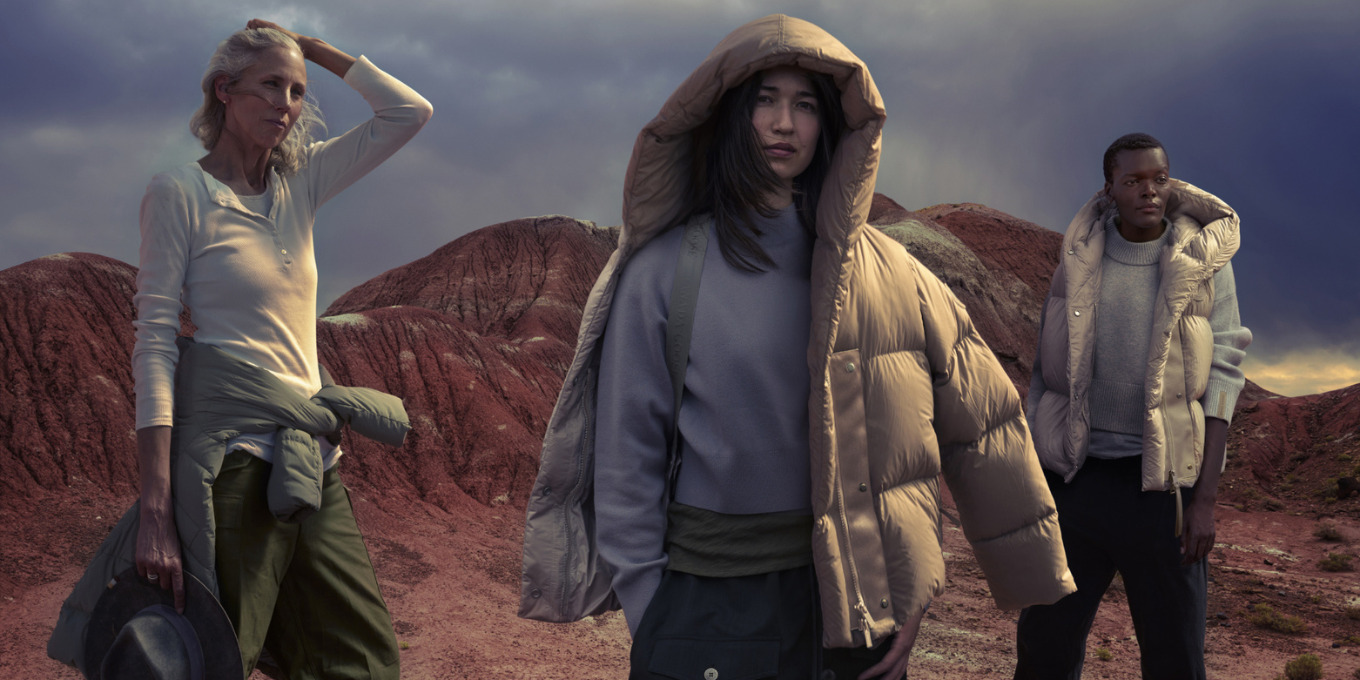
Annie Leibovitz
In today’s society, sustainability is more important than ever. Canada Goose, one of the country’s beloved outerwear brands is at the forefront of this movement. Known for their relentless innovation and craftsmanship, the brand has been recognized as a leader for its Made in Canada commitment for many years, with one production site in Quebec and six factories nationwide, including three in the Toronto region. In 2020, Canada Goose launched HUMANATURE, a unique online platform that unites its sustainability and values-based initiatives, reinforcing its commitment to keep the planet cold (we’re looking at you, global warming) and the people on it warm.
This ethos was applied to Canada Goose’s Fall-Winter 2023 collection, which launched earlier this month. Including a cropped puffer vest, a parka, a cashmere crewneck, the entire capsule is made with sustainable materials like pima cotton, lumina (a recycled fabric) and 100% cashmere yarn. This season, the brand has taken the necessities of a women’s winter wardrobe and infused them with an eco-conscious spirit.
The newest collection campaign was shot by renowned photographer Annie Leibovitz, and is a journey of female empowerment and individuality. Live in the Open celebrates three women from distinctly different worlds—multi-hyphenate star Sheila Atim, wildlife filmmaker and cinematographer Sophie Darlington and Olympic ice hockey goalie Kimberly Newell. All three women are captured in their element on the red hills of New Mexico, It is the very same backdrop that inspired painter Georgia O’Keefe.
“I loved these women – and their compelling stories,” said Leibovitz. “We were all bewitched by the power of the New Mexico landscape. Bringing them together in such an incredible, natural environment, was very inspiring.”
The result of Canada Goose’s seasonal collection is duality—where sustainability meets the empowering performance of Canada Goose. To further understand the scope of empowerment and sustainability infused in the brand, we spoke with Gavin Thompson, Senior Vice President of Corporate Citizenship.
Why is sustainability an important pillar for Canada Goose?
Sustainability goes beyond being only a pillar for us, it’s ingrained across our entire business. Sustainability and corporate citizenship have been our key principles for decades. Establishing a foundational purpose like this is paramount to the influence a brand can have on our planet. We are at a time where transparency is key to all stakeholders and we have stepped up to ensure we are transparent across the business, including how and where we source our materials, how we manufacture our products and our product lifetime warranty. A strong foundation to being a sustainably led brand is making a product that lasts.
We also have established initiatives that demonstrate our commitment to the planet. Our 15-year partnership with Polar Bears International (PBI) being one of them. PBI is a non-profit organization dedicated exclusively to the worldwide conservation of polar bears and their habitat. Two-thirds of the world’s polar bear population reside in Canada, so we feel a strong connection to their cause, because our company’s history is intertwined with the iconic nature of the northern landscape. Through our involvement, we aim to inspire people to care about the Arctic and help consumers understand the connection between climate change and the threats not only to polar bears, but to all who call the Arctic North home. The partnership protects our home, drives sustainable development of the North and ultimately, helps protect the entire planet.
There’s also the Canada Goose Resource Centre Program, proof that we are not strangers to the circular economy. In 2009, we established the Resource Centre Program, and have donated millions of metres of fabric and materials directly to Indigenous communities to continue in their traditional ways of sewing.
We began outlining our Sustainable Impact Strategy in 2018, being very intentional on building upon the things we had already been doing, but also looking at the future of our industry as it pertains to our impact on the planet. The effects of climate change mean we now live in a world of extremes – extreme cold, extreme heat, extreme climate events. We addressed this through our Impact Strategy, identifying fundamental and tangible goals to ensure a future for the planet and everyone on it. We have – and will continue to – make significant strides in evolving our business and operations, reaching many of our goals in advance of their target year.
The brand’s HUMANATURE platform is one of the most inclusive and informative initiatives I’ve seen a brand put together—why did Canada Goose feel comfortable being transparent about their operations?
HUMANATURE is our purpose platform, uniting our sustainability and values-based initiatives and underscoring our purpose to keep the planet cold and the people on it warm. HUMANATURE comes to life through our ESG strategy, CSR initiatives, product and design, diversity and inclusion, work for and within our communities and our influence on culture through the arts and entertainment.
Our purpose is the lens we filter all decisions through. We literally keep people warm, and our Sustainable Impact Strategy helps us to keep the planet cold – but it goes beyond that. It’s about doing what is right for people and the planet, for standing for something bigger than ourselves.
Transparency comes naturally to us. We launched HUMANATURE and brought all our work under one umbrella to showcase how our purpose drives our brand.
 Annie Leibovitz
Annie LeibovitzOne of the brand’s goals by 2025 is to achieve zero net emission, how is that going?
It’s going well! We set an incredibly aggressive goal in 2018 and we are now within striking distance of achieving it. We have been focusing on three key areas to make this happen: improve building efficiency in our operations that we have direct control over, reduce carbon sources in our operations and embrace renewable energy. Through this three pronged approach, we reduced our Scope 1 and 2 emissions by nearly 45% year-over-year.
Additionally, as we look ahead, we are currently measuring our scope 3 emissions and plan to set targets by the end of our current fiscal year (FY), FY 2024. Reducing our Scope 3 emissions will be a massive undertaking, as it will represent more than 70% of our total global footprint and will bring our entire global value chain along on our goals to reduce impacts.
Canada Goose is well-known for their down winter jackets and vests—how has the sustainability of those pieces evolved over the years? We know in 2021, the brand became certified in the Responsible Down Standard category.
Yes, our transition to the Responsible Down Standard (RDS) took almost two years, as we had to convert our entire supply chain. RDS monitors the chain of custody for certified materials and ensures that RDS down standards are maintained throughout the entire supply chain from end to end. We achieved certification in November 2021 – months ahead of our initial goal.
Also in 2021, we launched the Standard Expedition Parka, built off of one of our most iconic styles, the Expedition Parka. Our teams evaluated the Expedition to determine how we could improve every single aspect to be more sustainable, including an outer shell, liner and interlining made of recycled and organic materials and an undyed Griege colourway. Ultimately, the Standard generated 30% less carbon and 65% less water compared to its in-line counterpart.
The Standard was designed to set the standard for the future of outerwear at Canada Goose. We took that foundation and redeveloped our proprietary fabric, Arctic Tech, which is used in the majority of our parka styles. What resulted was Recycled Organic Arctic Tech – the fabric advancement used in the Standard – which maintains the same durability of its conventional counterpart.
Through a phased approach, we will transition every parka in all colourways to Recycled Organic Arctic Tech over the next few years. You can shop many styles made with it today, including our legacy pieces like the Chilliwack Bomber, Chelsea Parka and Chateau Parka. This transition will catapult us towards our Preferred Fibres and Materials (PFMs) goal. Our PFMs goal, outlined in our Sustainable Impact Strategy, is to transition 90% of our materials to their sustainable counterparts; those that are recycled, organic, natural, bio-degradable and plant based.
At the same time, we are dedicated to keeping chemicals out of our products for the betterment of people and the planet. This past year, we accomplished our goal to purchase per- and polyfluoroalkyl substances (PFAS) free Arctic Tech months ahead of schedule. By Spring 2024, all Canada Goose products made in Canada will be free of PFAS. By Fall 2024, all of our products made in Europe, including rainwear, knitwear and apparel, will be free of PFAS. The phasing out of our PFAS is aligned to our PFMs commitment – we are phasing out PFAS from our products as we transition to PFMs.
In December 2022, we achieved our commitment to end the production of all fur in our products, having achieved our commitment to end the purchasing of fur the year prior (December 2021). The decision was driven by our purpose and our commitment to sustainability and innovation. We are steadfast in delivering function-first designs and knew we could still protect our consumers and create products that perform without the need for fur.
No matter what sustainable advancements and innovations we make, we will always uphold our product’s renowned performance. For us, sustainability and performance must work hand-in-hand.
 Annie Leibovitz
Annie LeibovitzHow is sustainablity implemented into the new FW23 collection?
All of our collections, from in-line to collaborations, have been directly impacted by our Sustainable Impact Strategy and purpose to keep our planet cold and the people on it warm.
Kind Fleece will continue through FW23, having become one of our most iconic apparel offerings, as will Recycled Feather Light Ripstop, the recycled nylon material used in our Crofton and Cypress collections.
Our recently launched women’s collection features a number of styles – the Rhoda Parka, Rhoda Jacket and Rhoda Vest – are made with Lumina, a recycled nylon that is water-repellent and wind resistant with a super-soft sheen finish. And we introduced Aira this season, a lightweight, water-repellent and matte material crafted from 87% Recycled Nylon and 13% Spandex.
You will continue to see our focus on PFMs come through this season – and beyond! – while also remaining highly functional.
The full FW23 collection is available in select stores worldwide and online at canadagoose.com.
Read more:
Canada Goose Launches an Exceptional New Collaboration With Rokh x Matt McCormick
Canada Goose x Reformation: A Stylish and Sustainable Collection
Canada Goose Announces Collab With Want Les Essentiels
Newsletter
Join our mailing list for the latest and biggest in fashion trends, beauty, culture and celebrity.
Read Next

Fashion
Reformation Just Launched Sunglasses With French Eyewear Brand Jimmy Fairly
Sourcing chic vintage frames just got easier.
by : Allie Turner- May 15th, 2024

Fashion
Haider Ackermann Is the First-Ever Creative Director of Canada Goose
Plus, actor and activist Jane Fonda partners with the outerwear brand to save the polar bears.
by : Allie Turner- May 15th, 2024

Culture
This Cocktail Might Just Be the Official Drink of the Summer
Fresh, floral, unexpected… This drink is a must-try.
by : ELLECanada.com- May 13th, 2024

